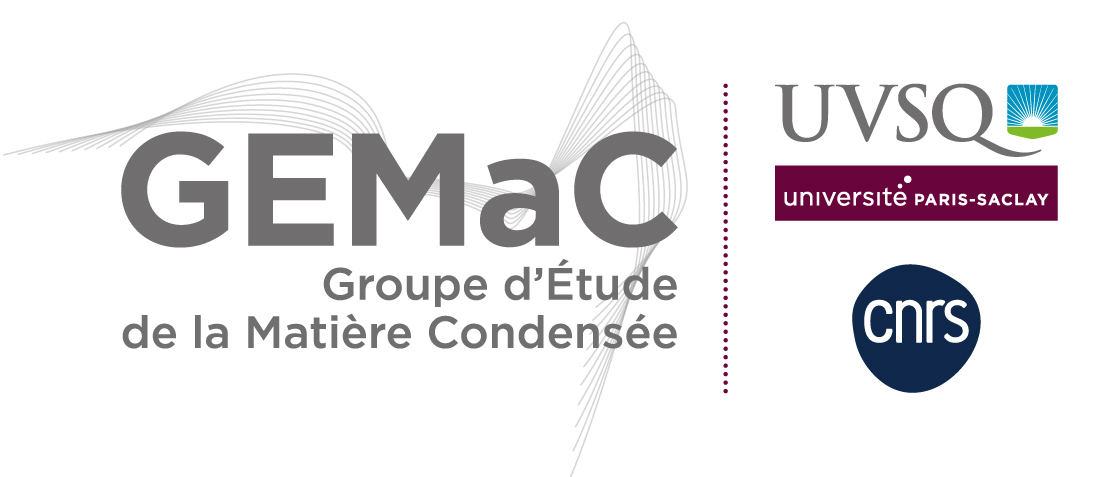You are here : GEMACENHighlights
- Partager cette page :
- PDF version
A stable white light source for modern lighting and displays
French and Tunisian researchers evidence and explain very broadband white light emission that is comparable to the reference white light.
Solid-state lighting presents an alternative solution to the inefficiencies of available conventional lighting sources. The major issue in this scientific area is to achieve broadband white light (WL) emission, as it has potential applications in lighting industry and in display media. Often, to obtain WL emission, mixing of emitters that emit red, green and blue (RGB) are used. However, it is a challenge to rationally tune the ratios of colored luminescent dyes to produce WL emitting materials as well as to maintain the stability in time of these ratios. Therefore, a major aim in solid-state lighting research is the development of a single-component broadband WL emitting material, highly luminescent, and photostable. These sources should present an easily controlled emission, better color-rendering capability and reproducibility, compared to the properties of the usual multicomponent phosphors.
The researchers of the P2MC and NSP groups of GEMaC, in collaboration with Institut Jean Barriol din Nancy, France and Laboratory of Applied Physics in Sfax, Tunisia, have evidenced a suitable candidate for a single-component broadband WL emitting material. The synthesized zero-dimensional lead-chloride hybrid material was proved to be an efficient very broadband (1.25 eV) WL emitter. This new perovskite phosphor is easy to synthesize, possesses excellent optical properties and therefore represents a highly promising alternative to replace conventional inorganic rare-earth-based phosphors and quantum dot-based phosphors that currently dominate the field of optically pumped WLEDs.
Contact: Kamel Boukheddaden
Read more:
Slim Elleuch, Alain Lusson, Sebastien Pillet, Kamel Boukheddaden, and Younes Abid
"White Light Emission from a Zero-Dimensional Lead Chloride Hybrid Material"
ACS Photonics 7(5), 1178 (2020)
The researchers of the P2MC and NSP groups of GEMaC, in collaboration with Institut Jean Barriol din Nancy, France and Laboratory of Applied Physics in Sfax, Tunisia, have evidenced a suitable candidate for a single-component broadband WL emitting material. The synthesized zero-dimensional lead-chloride hybrid material was proved to be an efficient very broadband (1.25 eV) WL emitter. This new perovskite phosphor is easy to synthesize, possesses excellent optical properties and therefore represents a highly promising alternative to replace conventional inorganic rare-earth-based phosphors and quantum dot-based phosphors that currently dominate the field of optically pumped WLEDs.
Contact: Kamel Boukheddaden
Read more:
Slim Elleuch, Alain Lusson, Sebastien Pillet, Kamel Boukheddaden, and Younes Abid
"White Light Emission from a Zero-Dimensional Lead Chloride Hybrid Material"
ACS Photonics 7(5), 1178 (2020)





